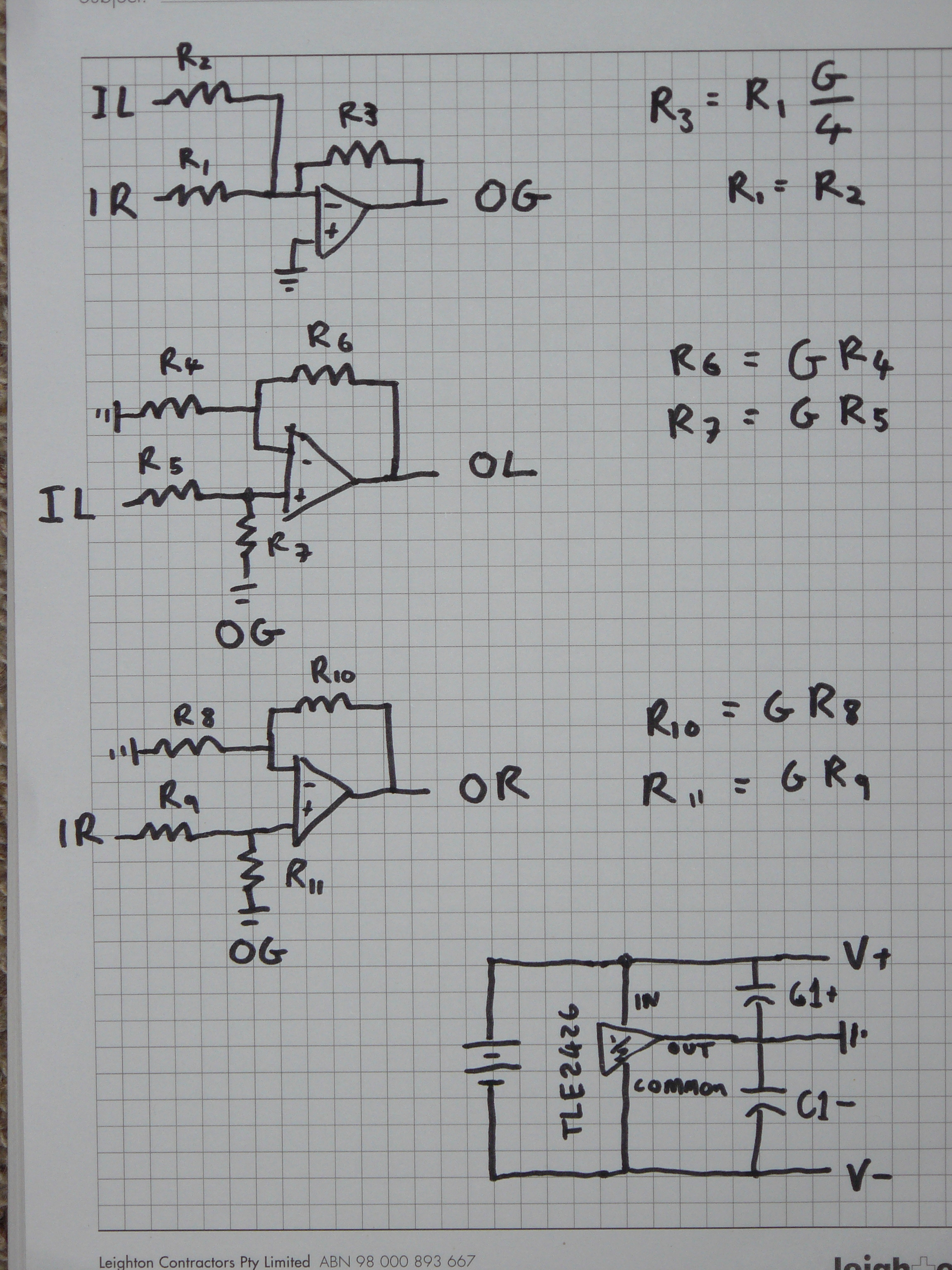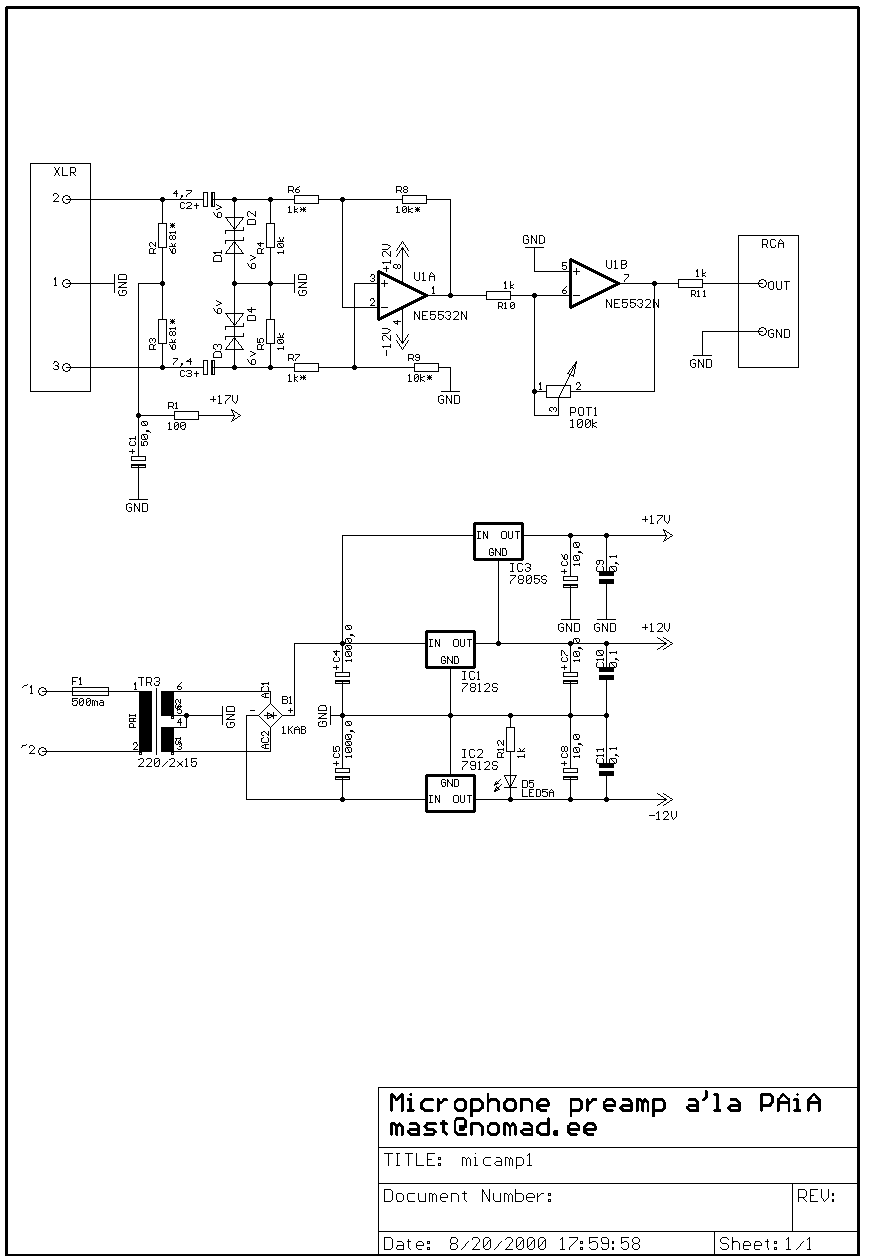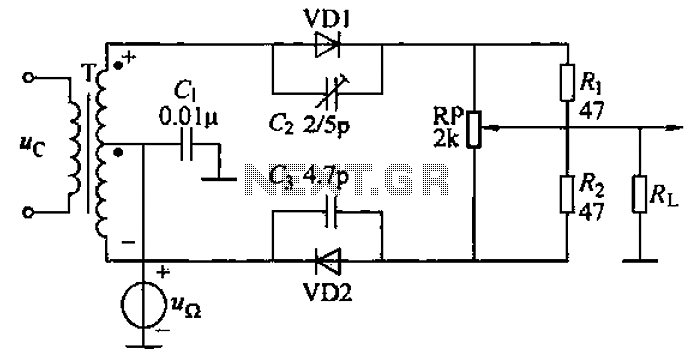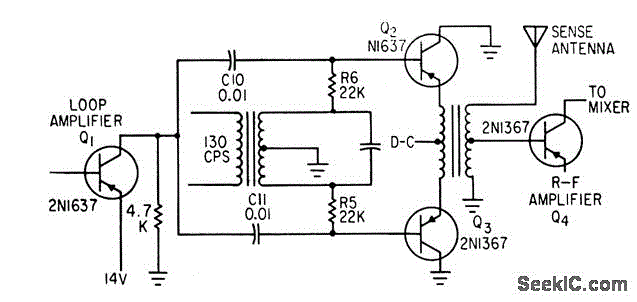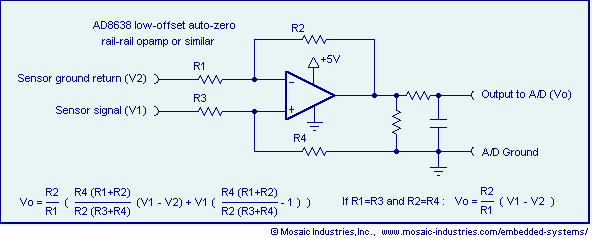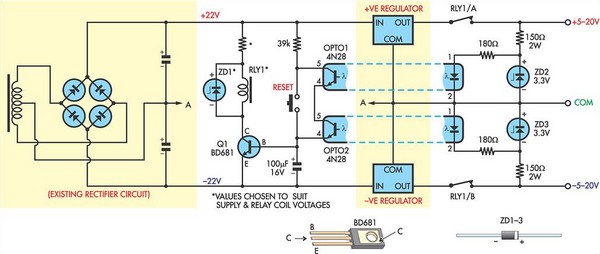
balanced ground
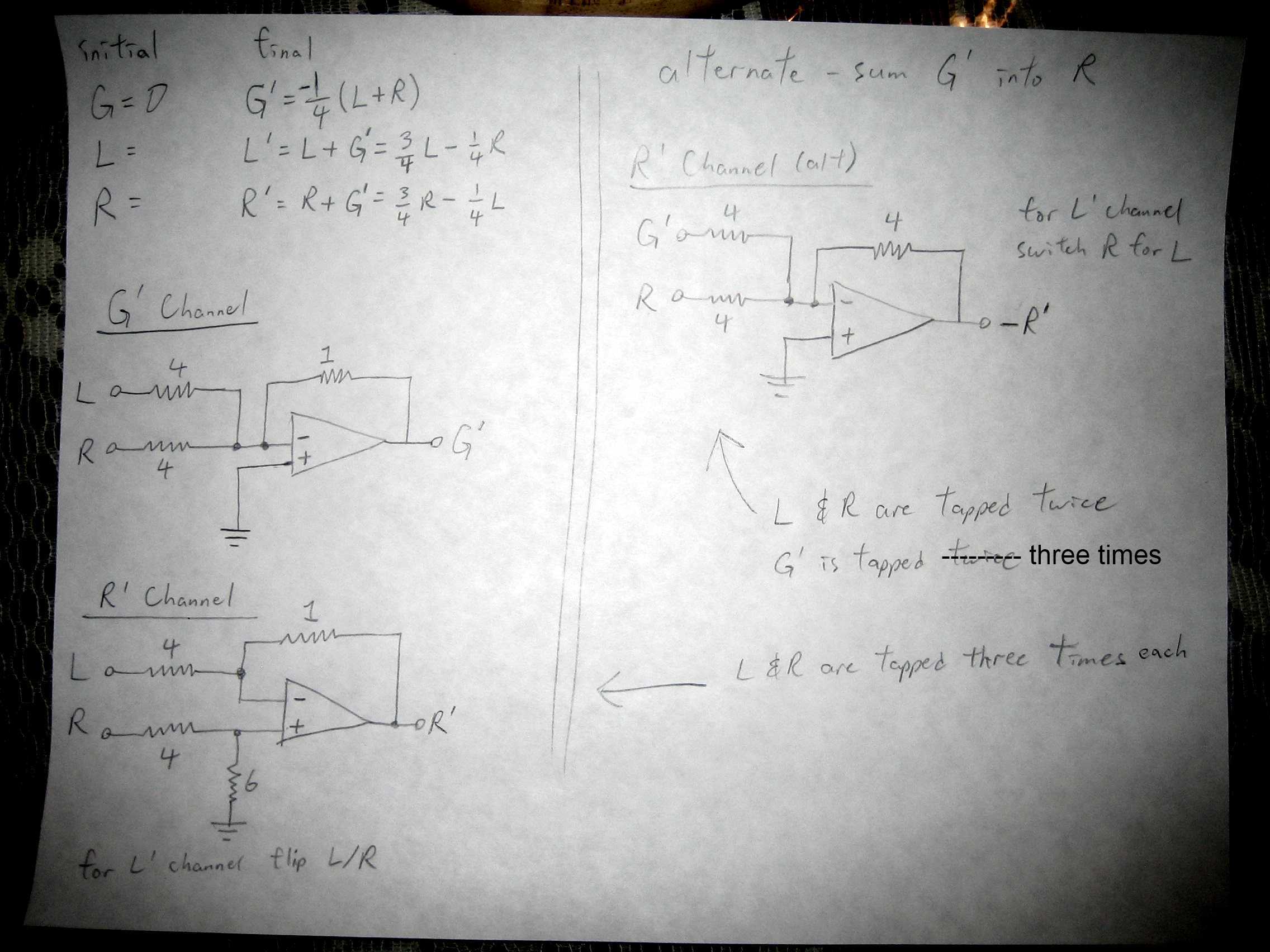
It appears that this circuit utilizes a comparable amount of power and components as a four-channel balanced amplifier. While it may deliver impressive sound quality and showcases an innovative approach, it does seem quite complex. There is an argument for using discrete solid-state devices like JFETs, but operational amplifiers are fundamentally designed for such applications and can yield excellent results when implemented correctly. The discussion raises a question about the necessity of doubling the ground channel. Since two sets of wires are being tapped, the voltage remains constant across each, despite having two wires, which means the signal strength does not double. Tapping a single channel twice would result in reduced signal strength on each wire. However, since the signal being tapped is a voltage signal, tapping it multiple times does not diminish the overall signal. The channel must provide more power to drive both outputs, but the signal itself remains unchanged. There are concerns regarding loading and impedance changes affecting balance, which is a common issue in amplifier and headphone designs. The proposed method involves tapping the original left and right signals three times each, with resistor values chosen for simplicity to ensure equal loading. An alternative approach suggests creating a G' signal to combine with the original left and right signals, resulting in inverted outputs for amplification later. If following a "three-wire" approach instead of a four-wire one, adjustments to feedback and ground resistors are recommended. The circuit functions electrically, but issues such as static, buzzing, and crosstalk are present, likely due to the use of low-quality components and external electromagnetic interference. There is a potential for phase shift, causing imperfect signal cancellation. Testing connections to both G* and the original ground revealed mixed results, prompting consideration of whether this project is worth pursuing. Suggestions include using capacitors, transferring the circuit to a protoboard to reduce clutter, and increasing resistor values. The query about the effects of tapping an output multiple times on signal strength indicates an assumption that voltage signals remain unaffected, focusing instead on current concerns. Adjustments with 50k ground resistors have reduced static, but radio interference persists, and achieving the right balance for effective cancellation remains a challenge.
The proposed circuit design appears to be a complex approach to audio signal processing, employing operational amplifiers to manage the left (L) and right (R) audio channels effectively. The design philosophy suggests utilizing op-amps due to their inherent advantages in audio applications, such as low noise and high fidelity. The method of tapping the L and R signals multiple times introduces considerations regarding signal integrity and impedance matching, which are critical in maintaining audio quality.
In this configuration, the original L and R signals are accessed at multiple points to create modified outputs (L' and R') while generating a ground reference signal (G'). The design also contemplates the use of feedback resistors, with specific values intended to maintain a balanced load across the system. The decision to use a three-wire approach instead of a four-wire configuration simplifies the design but necessitates careful calculation of resistor values to ensure proper function.
The circuit's performance is currently hindered by issues such as static noise and crosstalk, likely stemming from low-quality components and the breadboard's inherent limitations. The introduction of higher tolerance resistors and the use of capacitors for filtering may enhance stability and reduce noise. Furthermore, the potential for electromagnetic interference from external sources must be mitigated, possibly through shielding or improved layout techniques.
In conclusion, while the circuit demonstrates innovative ideas in audio signal processing, practical implementation challenges must be addressed to achieve the desired performance. Ongoing adjustments and refinement of component selection and circuit layout will be essential in advancing this project toward a successful outcome.Seems to me it uses at least as much power and at least as many components as a 4 channel balanced amp. it may well sound realy good and its quite clever, but does seem like a lot of trouble to go to `to travel the path less travelled` all the sameit really is quite interesting, so i`ll be watching on to see how it goes, you may think its easier to do with discrete SS devices like jfets, but opamps are
basically made for this kind of job, so use them to the fullest IMO and there are some really nice sounding ones these days too, if well implemented Why would you need to double the ground channel You`re tapping two sets of wires off it, so your voltage is the same in each except now you have two of them, so it all balances out. just because there is 2 wires does not mean there is double the signal strength, the way I see it you would indeed need to either double the channel, or double the signal strength and tap twice; tapping a single channel twice will simply give you half the signal strength on each wire Er.
we`re tapping a voltage signal correct Tapping it twice does not diminish that signal. The channel will need to pump out more power since it`s feeding both sides, but the signal remains the same. An issue I see though is that since loading is complex and impedance changes with signal, things might imbalance.
but I guess this is a problem inherent in a normal setup anyways and isn`t something that can be accounted for (at least not with my limited knowledge of amp and headphone design). Doing it this way means we tap the original L and R three times each. Resistor values (all relative) chosen for simplicity and so that all three present the same load (I think), though I have no idea if that makes a difference going into an opamp.
Alternatively (and I don`t know if this is better or not), create the G` signal then add that into the original L and R to get -L` and -R` respectively. Invert while amping later as appropriate. The L and R signals only get tapped twice this way, but the G` gets tapped three times (once each to create L` and R`, and again for the final amping).
edit: and if going by that "3 wire" thing that I was yammering about instead of the assumed 4 wires, then change the feedback resistor to 1. 333 and the ground resistor to 4. Results: well. it works, but it`s not pretty right now. It works mechanically (uh, electrically ) but I`ve got static/buzzing and crosstalk pushing through which is disrupting things.
I`ve also got the physical limitation of cheap parts. The breadboard is kinda spotty at times (especially the power rails) and I got a big box of cheap resistors that are 5% tolerance, so the matching is rather poor. Plus outside EM interference (heck, I can pick up radio signals if I listen closely). I`m guessing there`s a bit of time delay/phase shift too, which means some of the signals don`t quite perfectly cancel when they`re supposed to.
I also compared connecting the headphones to G* vs original G. Connected to G, my channels were mixed (as expected). Connecting to G*, they were "normal" except for the static. But what do you guys think Is this worth pursuing I`m really at the limits of my knowhow right now. I`m sure capacitors somewhere would help, or fitting it all onto a protoboard and reduce the clutter, or increase the resistors What happens when I tap an output multiple times Does the signal decrease or does it stay the same (I assumed that tapping voltage signals doesn`t affect the signal strength, only current, which I *think* isn`t a concern if we keep everything small enough) I`ve been fidgeting around with the circuit and got rid of a lot of the static with 50k ground resistors at the three outputs (still picking up radio though). I think now it`s mainly trying to get the right balance so the G* properly cancels out. edit: a 🔗 External reference
The proposed circuit design appears to be a complex approach to audio signal processing, employing operational amplifiers to manage the left (L) and right (R) audio channels effectively. The design philosophy suggests utilizing op-amps due to their inherent advantages in audio applications, such as low noise and high fidelity. The method of tapping the L and R signals multiple times introduces considerations regarding signal integrity and impedance matching, which are critical in maintaining audio quality.
In this configuration, the original L and R signals are accessed at multiple points to create modified outputs (L' and R') while generating a ground reference signal (G'). The design also contemplates the use of feedback resistors, with specific values intended to maintain a balanced load across the system. The decision to use a three-wire approach instead of a four-wire configuration simplifies the design but necessitates careful calculation of resistor values to ensure proper function.
The circuit's performance is currently hindered by issues such as static noise and crosstalk, likely stemming from low-quality components and the breadboard's inherent limitations. The introduction of higher tolerance resistors and the use of capacitors for filtering may enhance stability and reduce noise. Furthermore, the potential for electromagnetic interference from external sources must be mitigated, possibly through shielding or improved layout techniques.
In conclusion, while the circuit demonstrates innovative ideas in audio signal processing, practical implementation challenges must be addressed to achieve the desired performance. Ongoing adjustments and refinement of component selection and circuit layout will be essential in advancing this project toward a successful outcome.Seems to me it uses at least as much power and at least as many components as a 4 channel balanced amp. it may well sound realy good and its quite clever, but does seem like a lot of trouble to go to `to travel the path less travelled` all the sameit really is quite interesting, so i`ll be watching on to see how it goes, you may think its easier to do with discrete SS devices like jfets, but opamps are
basically made for this kind of job, so use them to the fullest IMO and there are some really nice sounding ones these days too, if well implemented Why would you need to double the ground channel You`re tapping two sets of wires off it, so your voltage is the same in each except now you have two of them, so it all balances out. just because there is 2 wires does not mean there is double the signal strength, the way I see it you would indeed need to either double the channel, or double the signal strength and tap twice; tapping a single channel twice will simply give you half the signal strength on each wire Er.
we`re tapping a voltage signal correct Tapping it twice does not diminish that signal. The channel will need to pump out more power since it`s feeding both sides, but the signal remains the same. An issue I see though is that since loading is complex and impedance changes with signal, things might imbalance.
but I guess this is a problem inherent in a normal setup anyways and isn`t something that can be accounted for (at least not with my limited knowledge of amp and headphone design). Doing it this way means we tap the original L and R three times each. Resistor values (all relative) chosen for simplicity and so that all three present the same load (I think), though I have no idea if that makes a difference going into an opamp.
Alternatively (and I don`t know if this is better or not), create the G` signal then add that into the original L and R to get -L` and -R` respectively. Invert while amping later as appropriate. The L and R signals only get tapped twice this way, but the G` gets tapped three times (once each to create L` and R`, and again for the final amping).
edit: and if going by that "3 wire" thing that I was yammering about instead of the assumed 4 wires, then change the feedback resistor to 1. 333 and the ground resistor to 4. Results: well. it works, but it`s not pretty right now. It works mechanically (uh, electrically ) but I`ve got static/buzzing and crosstalk pushing through which is disrupting things.
I`ve also got the physical limitation of cheap parts. The breadboard is kinda spotty at times (especially the power rails) and I got a big box of cheap resistors that are 5% tolerance, so the matching is rather poor. Plus outside EM interference (heck, I can pick up radio signals if I listen closely). I`m guessing there`s a bit of time delay/phase shift too, which means some of the signals don`t quite perfectly cancel when they`re supposed to.
I also compared connecting the headphones to G* vs original G. Connected to G, my channels were mixed (as expected). Connecting to G*, they were "normal" except for the static. But what do you guys think Is this worth pursuing I`m really at the limits of my knowhow right now. I`m sure capacitors somewhere would help, or fitting it all onto a protoboard and reduce the clutter, or increase the resistors What happens when I tap an output multiple times Does the signal decrease or does it stay the same (I assumed that tapping voltage signals doesn`t affect the signal strength, only current, which I *think* isn`t a concern if we keep everything small enough) I`ve been fidgeting around with the circuit and got rid of a lot of the static with 50k ground resistors at the three outputs (still picking up radio though). I think now it`s mainly trying to get the right balance so the G* properly cancels out. edit: a 🔗 External reference
Warning: include(partials/cookie-banner.php): Failed to open stream: Permission denied in /var/www/html/nextgr/view-circuit.php on line 713
Warning: include(): Failed opening 'partials/cookie-banner.php' for inclusion (include_path='.:/usr/share/php') in /var/www/html/nextgr/view-circuit.php on line 713
